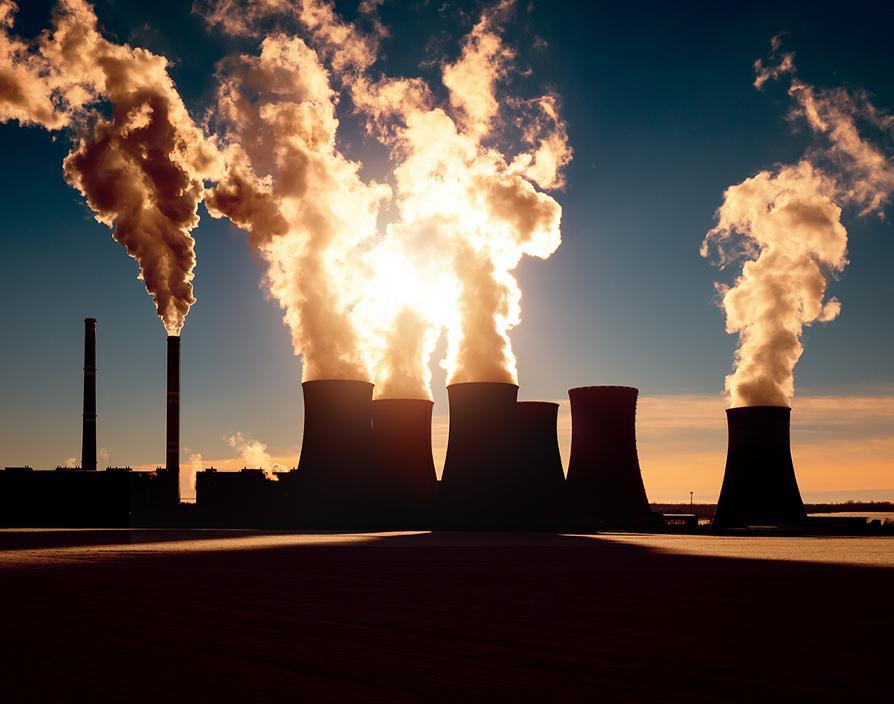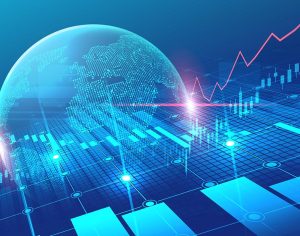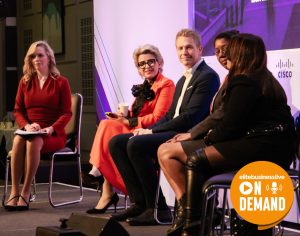Despite Britain’s departure from the European Union, following the Brexit referendum of June 2016, UK companies cannot ignore the Carbon Border Adjustment Mechanism (CBAM). In short, the CBAM is a carbon tariff on carbon intensive products, such as cement and electricity.
The CBAM was passed into law in May and, although the EU’s Green Deal will not take effect until 2026, UK businesses may be impacted as early as autumn of this year. So what’s it all about? The EU is serious about fighting global warming. This Green Deal is the central policy that lays out the steps needed to achieve the EU’s lofty objective of reducing carbon emissions.
By 2030, the EU wants to reduce carbon emissions by 55% – from 1990 levels – and be a climate-neutral continent by 2050. CBAM is a climate strategy designed to limit the danger of carbon leakage while still being compatible with the World Trade Organisation (WTO).
Climate change is a global problem, highlighted by so-called ‘carbon leakage’ and the EU is keen to prevent this. There is a risk that EU companies could move carbon-intensive production to regions governed by less rigorous emission rules. And if the UK were to invest in more ‘dirty energy’, all efforts by the EU to ‘go green’ could be destroyed by the UK’s carbon-intensive imports.
Therefore, by setting a uniform carbon price across domestic and imported commodities, the CBAM hopes to prevent the EU’s climate goals from being jeopardised by the aforementioned relocation of manufacturing to countries where the green agenda is not as advanced and less robust.
How does the CBAM function?
In compliance with WTO rules, and other international responsibilities, CBAM will work as follows:
- To offset the carbon cost that would incur had the items been made conforming to EU carbon pricing legislation; EU importers will buy carbon certificates for the products imported from the UK.
- Conversely, EU importers will be entitled to a full carbon cost deduction if the UK manufacturer can prove that the carbon utilised in the manufacturing of imported items has already been priced in the UK. At present, it is unclear how the UK will demonstrate that.
- The EU is hoping that this will incentivise UK manufacturers to develop environmentally friendly practices, and therefore reduce carbon leakage.
The EU hope that CBAM will address the issue of carbon leakage by ensuring a level playing field for European businesses, against cheaper goods manufactured in other parts of the world.
This will allow the EU to unilaterally impose a levy on imports from countries that do not meet the environmental standards set by the European Union. However, enforcing the CBAM will require robust rules.
In short, if countries outside the European Union have their own carbon-pricing policies, ‘they will be able to avoid the EU’s carbon border tax and keep the revenues for their own decarbonisation projects.’
CBAM will be implemented gradually. It will initially apply to a restricted range of carbon-intensive items, including iron, steel, cement, fertiliser, aluminium and energy production. Companies exporting such products, from the UK to the EU, will be impacted by CBAM.
A reporting system will be implemented this year and, in 2026, EU importers will begin making a financial adjustment to support the smooth deployment of the new laws. The following goods will be subject to CBAM regulations upon its launch: Cement, metallic elements, aluminium, fertilisers and electricity. Carbon emissions and carbon leakage are particularly problematic in these sectors.
The EU will assess CBAM’s efficacy at the end of the transition period to decide whether to broaden its coverage and include additional products and services.
When and how will the CBAM be used?
Under CBAM, certificates will be obligatory for importers. CBAM certifications can be purchased by registering as an importer or as a representative with their respective national authority in the EU.
What must affected EU importers do?
By law, importers into the European Union must report annually the number of products and emissions included in those items. When the system goes live in 2026, EU importers must report how many products they brought into the bloc the previous year. They must also specify how many emissions were embedded in those products.
What about UK exporters?
UK manufacturers must notify EU-registered importers of the embedded emissions data for CBAM-regulated items.
This means determining the extent of emissions for all products, under the complicated formula. This requires close discussions between EU importers and UK exporters. This may result in a great deal of time, effort and costs being incurred as companies are forced to implement new processes and procedures.
If this information is not available when commodities are being imported, EU importers will be allowed to use default values to calculate the number of certificates they need. To assess the impact of CBAM on your business, you will need to review European Union rules and consult authoritative references.
Please take 60 seconds to view this video. And talk to CBAM experts or undergo special training.
Share via:








































